Not everyone wants to buy what you’re selling.
For your startup company to succeed, you must identify your target market.
This is one of the first steps of launching a startup company.
But it’s much easier said than done.
If you don’t have a clear target audience in mind, your marketing campaigns will cost you a fortune.
You’ll also have low conversion rates, and your customer acquisition costs will be through the roof.
Marketing to everyone and anyone is simply a waste of effort, time, and money.
Instead, focus your branding and marketing strategies on a specific group of people who genuinely have a need, want, or interest in your company.
Cash in the bank is obviously important for every business, but for startup companies, it’s their lifeline.
If your marketing campaigns are unsuccessful, your startup will bleed money.
Take a look at the top reasons why startups fail:
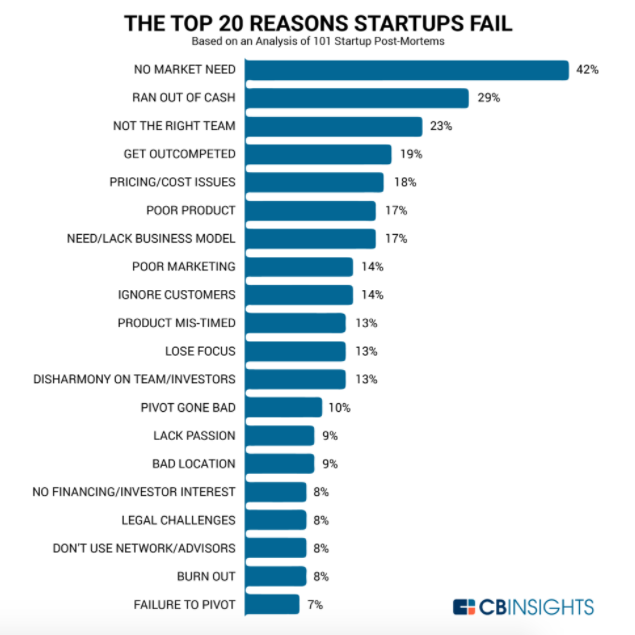
Let’s focus on the top two.
Reason #1: 42% of startups failed because there wasn’t a market for their offering.
That’s why identifying your market needs to be one of the first steps.
If you discover there isn’t a market for what your startup has to offer, you can go back to the drawing board and try something else before you invest too much time and money.
Reason #2: 29% of startups failed because they ran out of money.
Spending your valuable marketing budget on the wrong target audience could cause your company to shut down.
With limited cash in the bank, you may be unable to recover from this.
But don’t worry.
We’ll explain what you need to do to identify your target market, which will position your startup company for success.
Start with broad assumptions, and slowly narrow your focus
Don’t start with a really narrow audience right away.
Instead, begin with larger groups that you assume may be interested in your brand.
From here, you can slowly start getting more specific.
Use a few of these simple and general segments to get started:
- gender
- age
- location
You can also use these broad groups to eliminate people who aren’t in your target market.
For example, let’s take a look at some products from the Texas Beard Company:
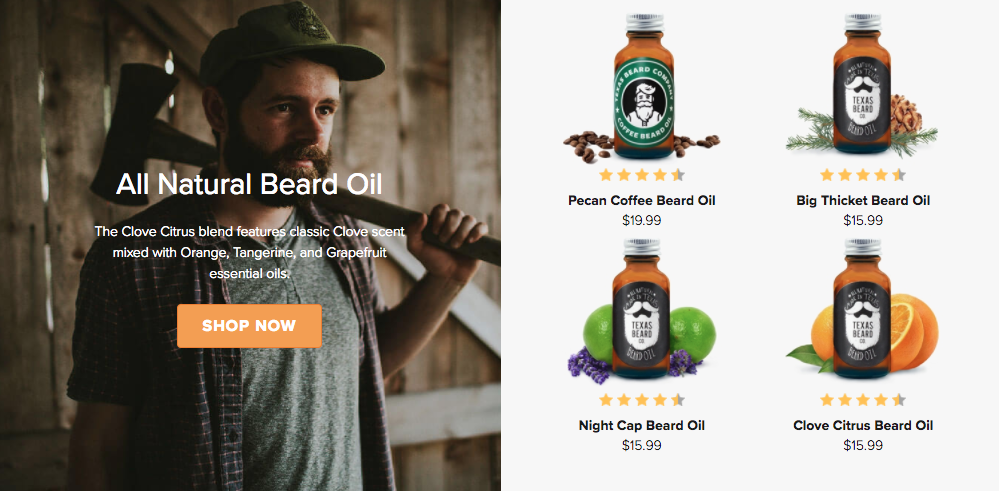
They sell things such as beard oil, brushes, balms, combs, and any accessories you would need for a healthy beard.
So, if you had a startup company like this, you could immediately eliminate women from your target audience.
Don’t get us wrong, We’re not saying women won’t buy these products.
It’s definitely possible women could make a purchase from this brand as a gift for men in their lives. But you wouldn’t make them part of your target audience.
What else can you assume about men who are looking for beard products?
Take their age into consideration.
It’s safe to assume that neither teenagers nor too many senior citizens would be buying these products.
As a result, you would eliminate males under the age of 20 and over the age of 60 from your target audience.
What else can you assume about the people who may be interested in your products?
They either have a beard or want to grow a beard.
In the example we just used, you’ve already narrowed your target market to men between the ages of 20 and 60 who have beards.
As we continue through this process, we’ll narrow the target audience even more, but for now, this is a great place to start.
Analyze your competition
It’s rare for people to come up with a product or service that doesn’t already exist.
While the idea for your startup may be somewhat unique, you’ll still be a part of an existing industry.
Other people are already doing what you’re trying to do.
You’ve got to find out how to position your company within your industry:
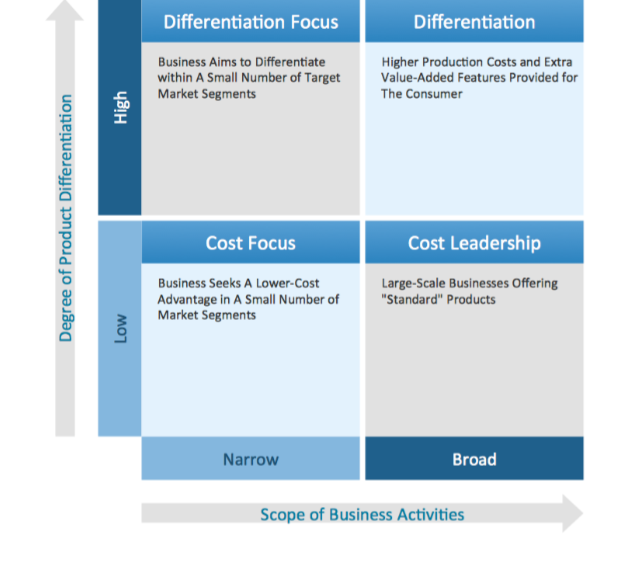
To do this properly, you’ll need to conduct research on your competition.
Figure out what they’re doing well and what needs improvement.
Who are your competitors targeting?
Look at their advertisements, visit their website, join their email subscription lists…
You can attempt to go after the same target market or focus on a group your competition may overlook.
Look at the graphic above as a reference.
Will you target a niche audience or sell products for the masses?
Will your brand have high-quality products/services at a premium price, or will you target cost-sensitive consumers?
It will be easier to answer these questions after you research the competition.
Analyzing your competition can help you increase profits even after your startup launches.
Competitive analysis can also show you how consumers behave in this industry:
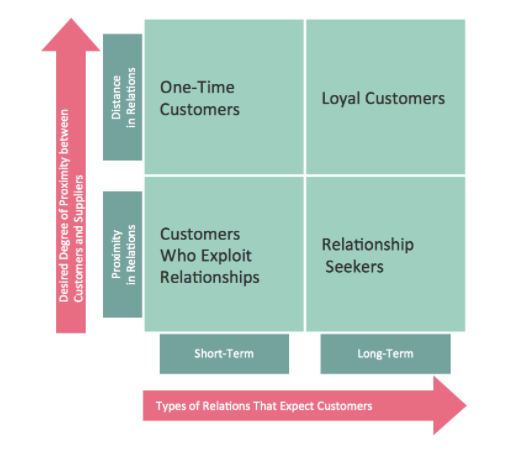
Ideally, you want to build long-lasting relationships with your customers.
But this idea can vary based on your products, services, brand, and industry.
You need to adjust your target market accordingly.
For example, let’s say your startup company sells cars or similar products.
Today’s customers may not be ready to buy another vehicle for another decade. In this case, you can’t rely on loyal and repeat customers.
Instead, you’ll have to focus on customer acquisition strategies.
Find out how your competition is able to market to different customers continually and whether their campaigns are successful.
Talk to people
While making assumptions and analyzing your competition are logical places to start, those strategies will only get you so far.
If you really want to focus on the ideal target market for your startup company, you need to put in much more work.
You need to speak to consumers.
See if your assumptions are right.
Conduct one-on-one interviews, and use focus groups to test your assumptions.
For example, let’s say your brand’s general target market is women between the ages of 25 and 40.
It’s a huge percentage of the population. You’ll have to devise other ways to segment that target market into smaller groups genuinely interested in your brand.
Here’s a way for you to segment your target market:
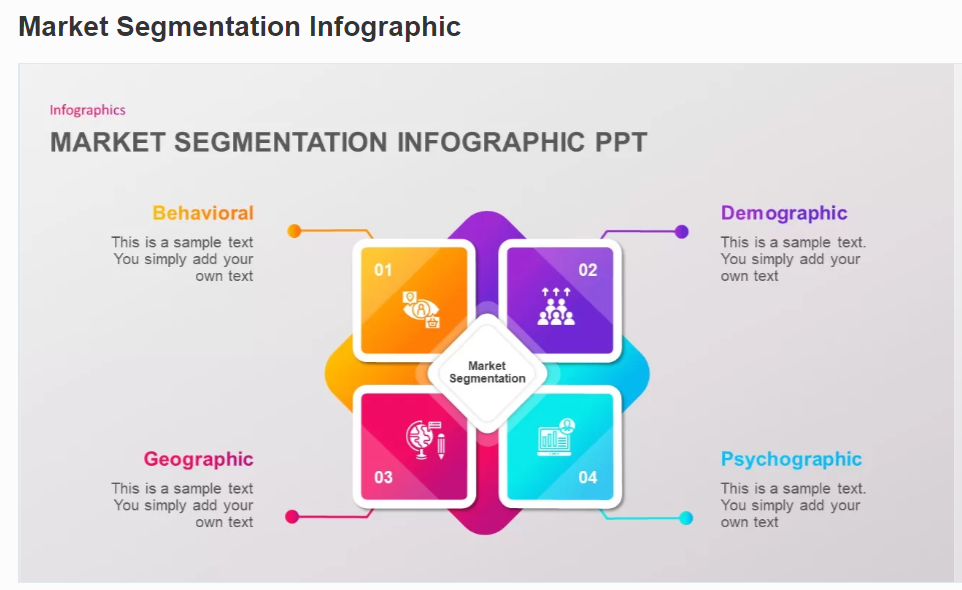
Focus groups and interviews can give you more information about potential consumers for your company.
Your focus groups should have 10 to 12 participants.
Show these people different products, services, or marketing campaigns your startup plans to use.
See how receptive they are to what you’re showing them.
Find out more information about the people who have a positive reaction.
If you’re interviewing only women between the ages of 25 and 40, what other similarities do they have?
For example, you might learn that all the women who liked your products were married.
You could also discover that women of a certain social class or annual household income were more receptive to your brand than others.
Ensure you find as much information as possible about everyone in your focus groups.
Use the market segmentation graphic above as a reference.
Have all your participants complete a questionnaire before the interview or focus group starts.
But realize you won’t discover everything you need after just one session or interview.
This market research phase is an ongoing process.
The more people you can talk to, the more accurate your data will be.
As a result, it will be easier for you to identify your target market.
Create customer personas
Now that you understand your target market better create customer personas to learn more about their buying behavior.
A customer persona will ultimately help you market to this audience.
Here’s what a customer persona looks like:
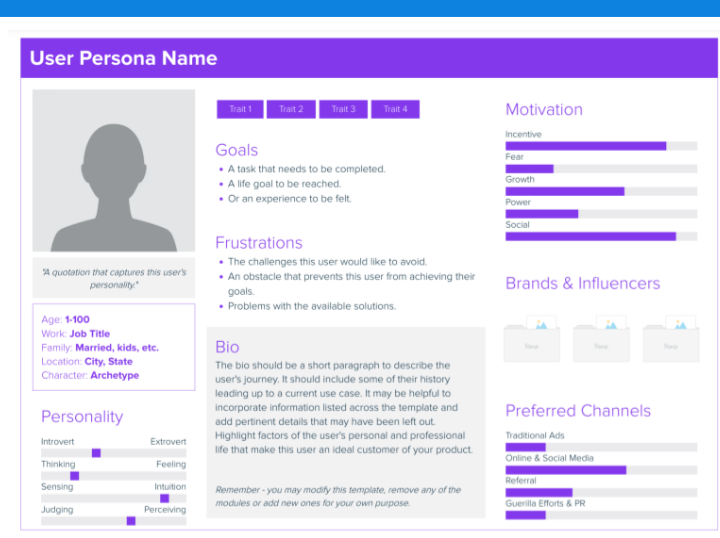
Make the persona specific to your company.
You can tell the example above is for a business selling shoes.
This customer persona has trouble finding shoes that fit her because she has narrow feet.
Now, your startup company may sell shoes to both men and women.
But each persona needs to be unique.
Your general target market in this segment may be:
- women
- 30 to 40 years old
- $30-45k annual salary
- lives in the western part of the United States.
Your customer persona has to be more specific. Notice that the example shows a woman who is:
- 36 years old
- $38k annual salary
- located in Los Angeles, CA.
Do you see the difference?
The results of your interviews and focus groups can help you create these customer personas.
Not all of your customers are shopping for the same reason.
The customer persona aims to determine consumers’ psychological and behavioral shopping approaches within your target market.
If you identify that a large portion of your target market has a similar occupation or lives in the same part of the country, you can adjust your marketing campaigns accordingly.
Use surveys
Once your startup launches and you start getting sales, you can use customer surveys to find out more information about your target audience.
These surveys can help show your customers how much you care about them:
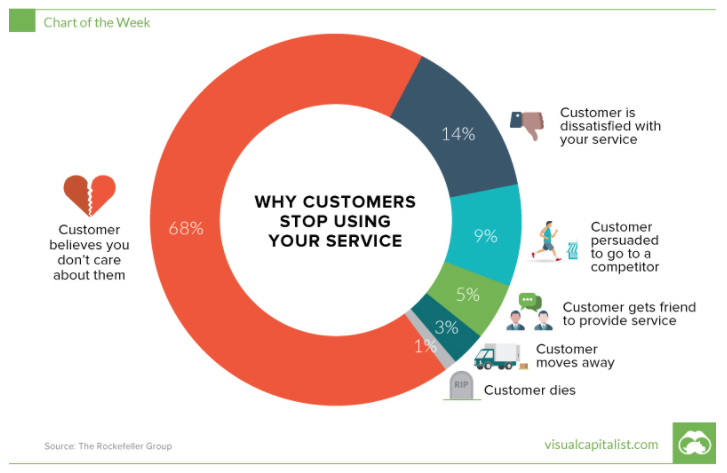
You want to find out more information about your customers so that you can improve their shopping experience.
But you’ll also use those survey results to identify your market.
Find out who they are and what they use your products or services for.
Get information related to their:
- demographics
- geographic location
- psychographic traits
- behavioral trends
Earlier, we told you to start by making assumptions about your potential target market.
But now that you have actual customers, there’s no reason for you to assume.
You’ve got actual people who were drawn to your startup company. This is your target market.
Now you need to figure out who they are to target other people in this segment.
Take advantage of analytics and other resources
We’re going to assume your startup company has a website.
If it doesn’t, we hope you’re in the process of building one ASAP.
Who is visiting your website?
The traffic to your site can be a good indicator of your target audience.
Google Analytics can show you who is visiting your website:
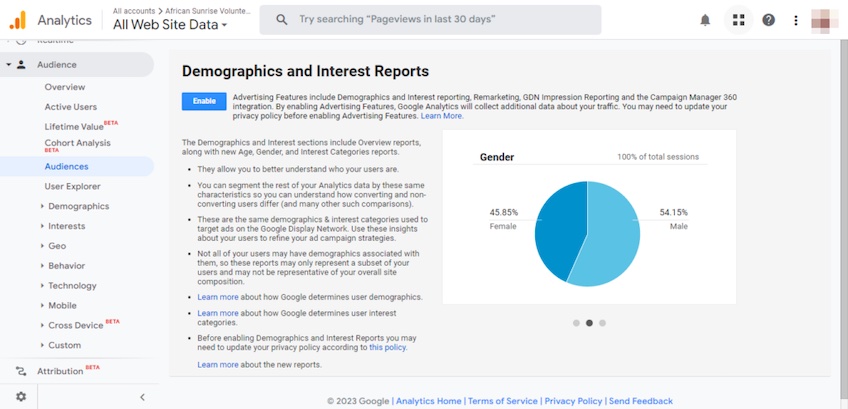
This is an example of demographic data you could get from these analytics.
The traffic from this sample is mostly males between the ages of 18 and 34.
Google takes these analytics one step further and displays other information such as:
- sessions
- bounce rates
- pages per session
- average session duration
- transactions
- new users.
The reports are generated and grouped by demographic information.
It helps you identify which users on your website are the most valuable.
That’s how you can determine your target market.
Conclusion (be ready to make changes)
As you can see, identifying your target market is a long process.
When you first start, you’ll need to make general assumptions about your prospective customers since you don’t have any concrete data yet.
Slowly start to narrow down that market based on your brand, products, services, and industry.
Use competitor analysis tools to see who is getting targeted by other businesses in your industry.
Are you going to take the same approach? Or will you focus on a different segment?
Talk to people.
Interviews and focus groups are a great way to help you narrow down your target market.
Customer personas allow you to focus on specific customers with unique needs.
Once your company starts getting sales, try to survey your existing customers for more information about them.
You can also use online analytics tools to see who visits your website.
Just be ready to make changes.
Your initial assumptions about your target market may be wrong.
That’s okay.
Your startup company will survive and thrive if you can adjust your marketing campaigns based on new information.
